Welcome to IBonomics! We are excited to launch and hope you find the website useful! Learn more about us here!
Welcome to IBonomics! We are excited to launch and hope you find the website useful! Learn more about us here!
A diagram illustrating a perfectly competitive firm in long-run equilibrium, where economic profit is zero, and the firm is operating at its most efficient scale.
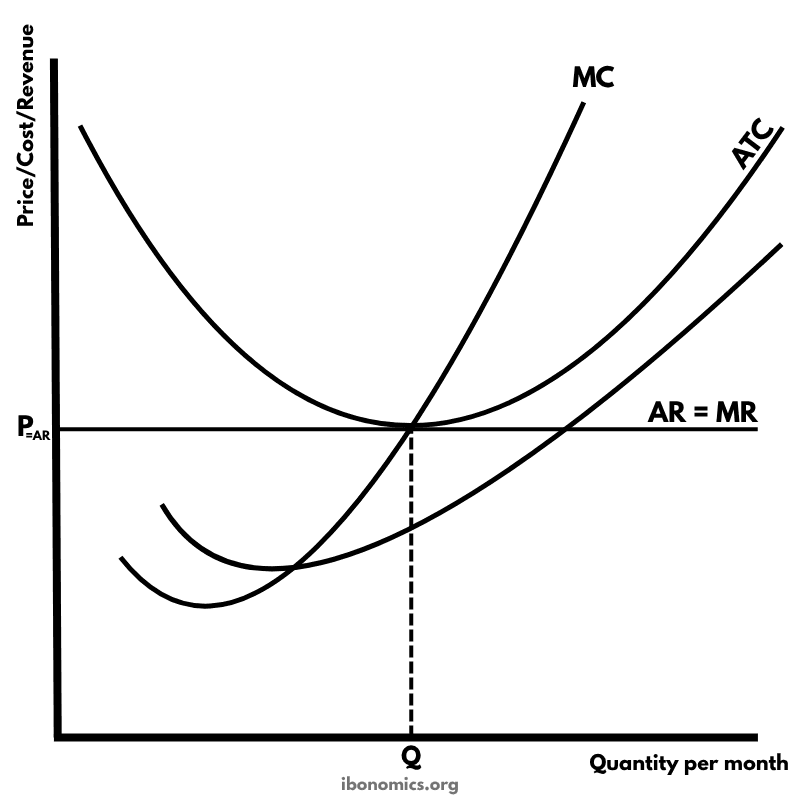
AR = MR: The perfectly elastic demand curve faced by a firm in perfect competition.
Marginal Cost (MC): The cost of producing one additional unit — intersects MR at the profit-maximizing output.
Average Total Cost (ATC): The firm's per-unit cost of production — tangent to the demand curve in the long run.
Quantity (Q): The long-run equilibrium quantity where the firm is both allocatively and productively efficient.
Price (P): Equal to AR, MR, and ATC — no economic profit is earned.
In the long run, firms in perfect competition earn normal profit, meaning total revenue equals total cost — including opportunity costs.
The firm's demand curve (AR = MR) is perfectly elastic because it is a price taker, determined by the industry.
The firm produces at quantity Q where marginal cost (MC) equals marginal revenue (MR), which is also equal to average total cost (ATC).
Since price = ATC, the firm earns zero economic profit, which is the defining feature of long-run equilibrium.
In this state, there is no incentive for firms to enter or exit the market, and resources are allocated efficiently.
Explore other diagrams from the same unit to deepen your understanding
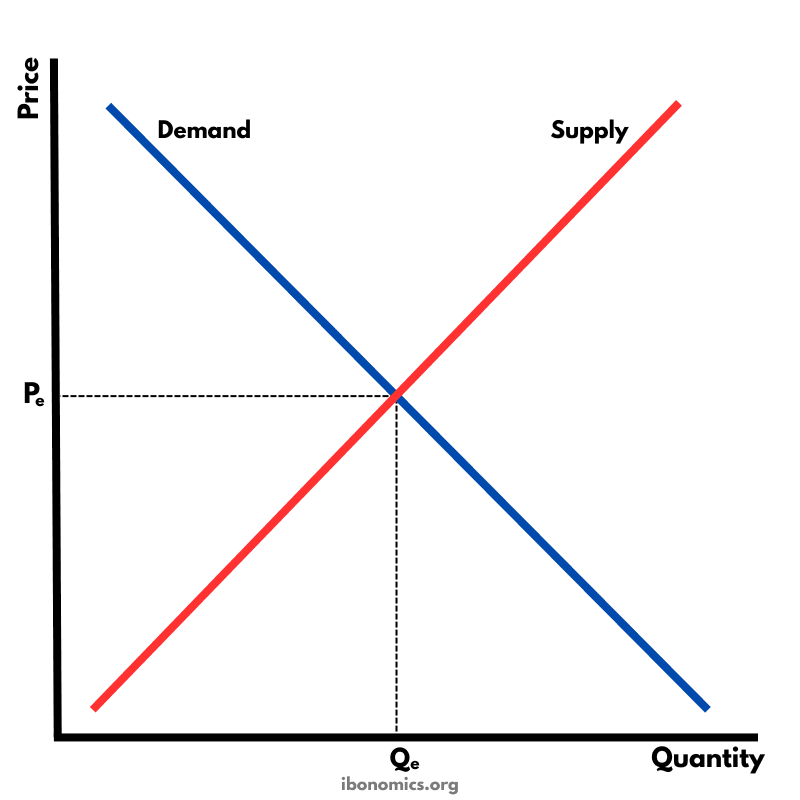
The fundamental diagram showing the relationship between demand and supply in a competitive market, determining equilibrium price and quantity.
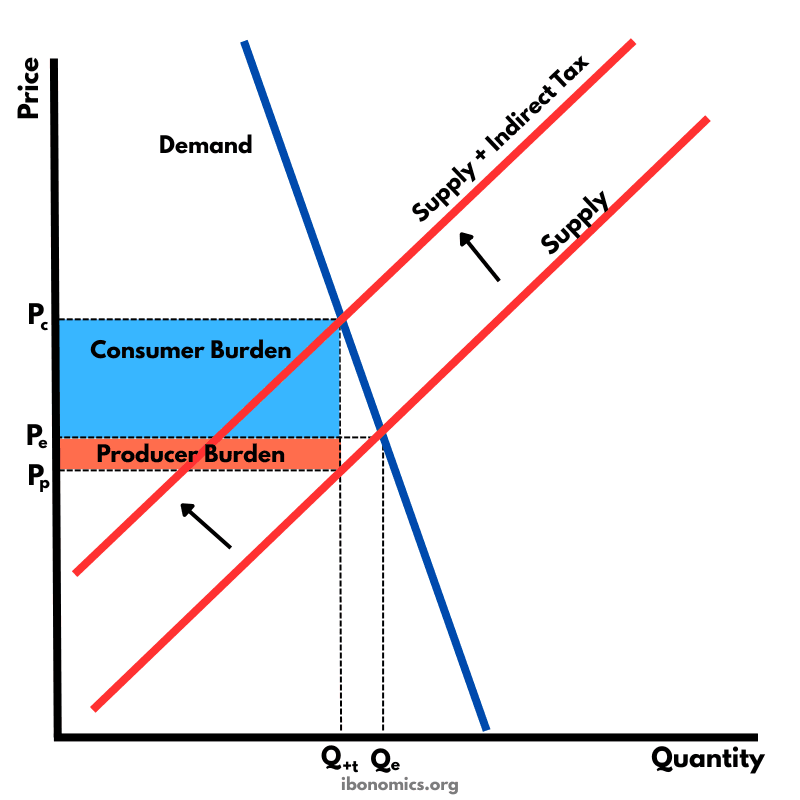
A supply and demand diagram showing the effect of an indirect tax on a good with inelastic demand. The consumer bears a larger share of the tax burden.
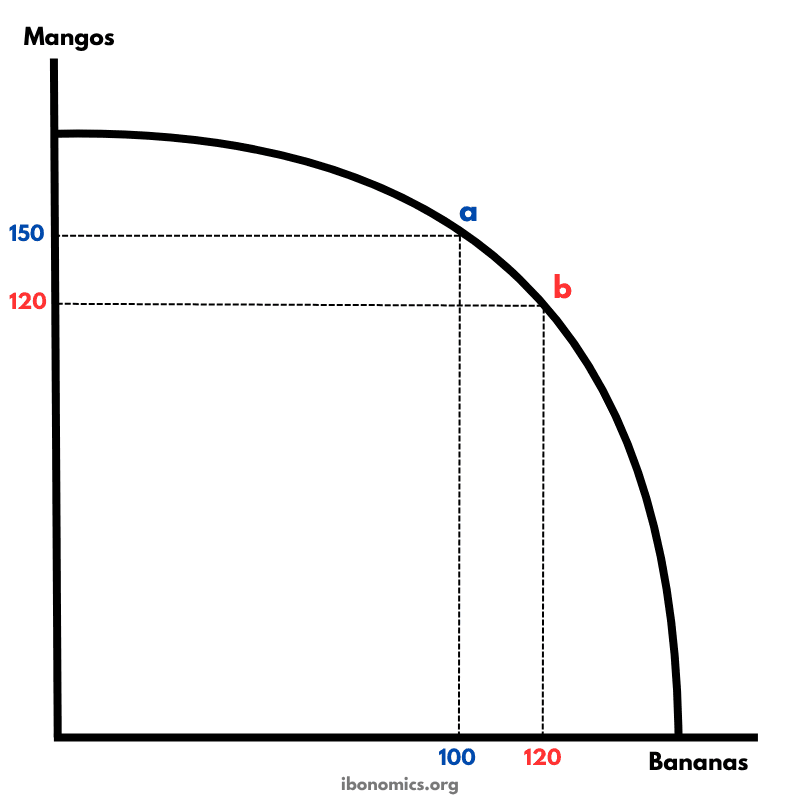
A production possibility curve illustrating the concept of opportunity cost and the trade-offs between producing two goods: mangos and bananas.
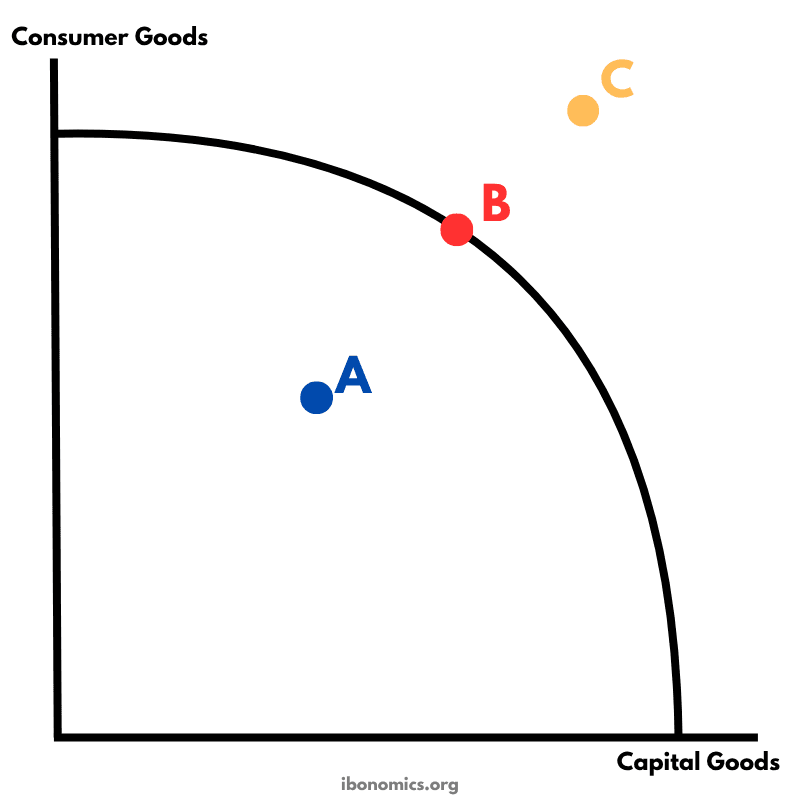
A PPC diagram showing different levels of production efficiency and economic feasibility using combinations of consumer and capital goods.

A model illustrating how money, goods, services, and resources flow between households, firms, the government, the financial sector, and the foreign sector in an economy.
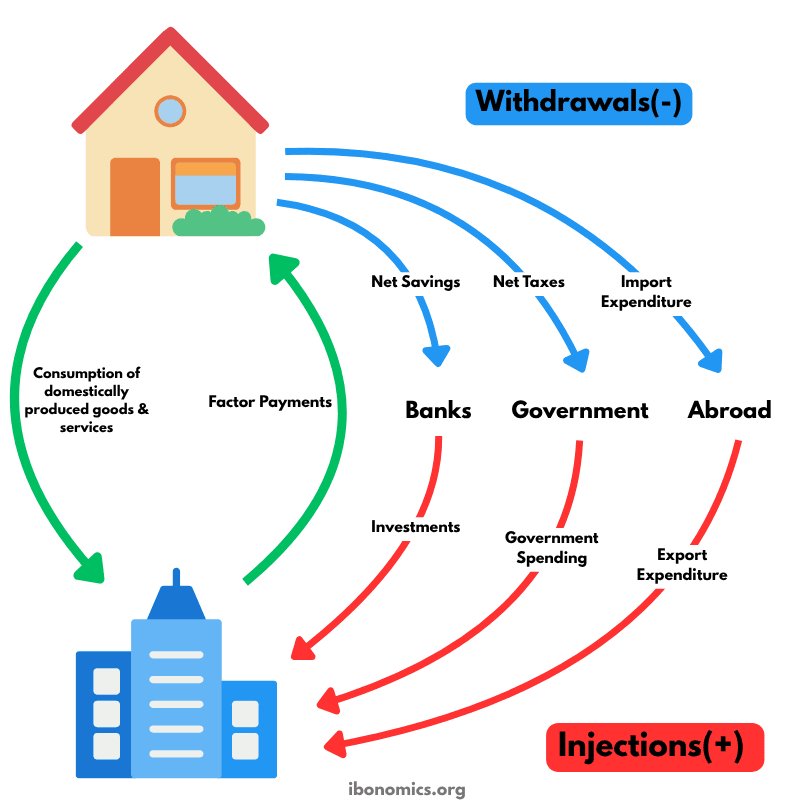
A refined circular flow model highlighting the roles of injections and withdrawals in determining national income and economic equilibrium.